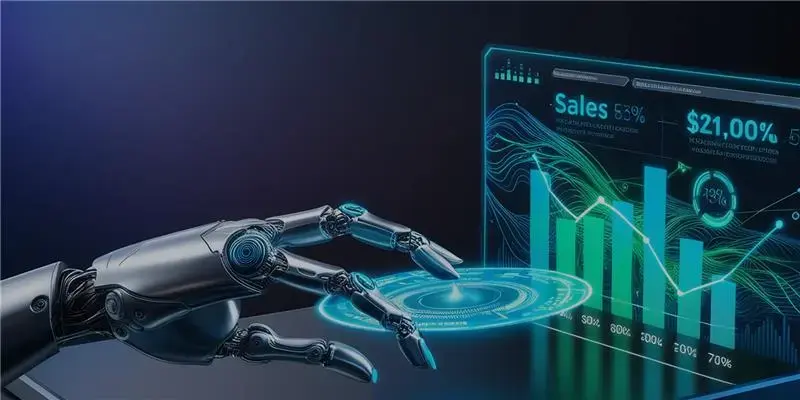The Creative Bottleneck Has Shifted. AI Is the Unlock.
The business world is reaching a turning point. Creativity—once seen as the domain of designers and marketers—is now a strategic lever for growth. But scaling that creativity across a complex, global organization is hard. Traditional processes are slow, expensive, and often siloed.
That’s where Generative AI steps in—not to replace creative talent, but to empower it. It helps teams generate content faster, adapt it to different audiences instantly, and experiment more than ever before. In short, GenAI turns creative teams into exponential engines of value.
From Bottleneck to Flywheel: Why Creativity Must Scale
Creativity is under pressure. Here’s what today’s leaders are up against:
- CMOs are expected to personalize campaigns across dozens of channels, regions, and formats—without exploding their budgets.
- CIOs are being asked to support GenAI tools without compromising governance or security.
- Innovation teams are racing to bring new products and ideas to market, only to be slowed down by content production cycles.
What’s missing? A way to scale creativity—not just output, but the speed of ideation, testing, and iteration.
Generative AI changes the equation. With tools that produce first drafts in seconds, tailor messaging in real time, and create visual assets on demand, creativity becomes a business capability—not a bottleneck.
How Leading Enterprises Are Reimagining Their Creative Stack
Companies aren’t just adding GenAI to existing processes—they’re redesigning the way creative work happens.
1. Fast, Localized Content Creation
Take Unilever. They’re using GenAI to create digital versions of products and produce region-specific content faster than ever before. What once took a month now takes days—with tighter brand control.
2. Product Innovation with AI Input
Clorox has integrated GenAI into its product innovation cycle. The AI ingests consumer data and helps brainstorm new ideas—like the now-viral Toilet Bomb cleaner. The result: faster testing, faster go-to-market.
3. Creative AI for Every Department
At Deloitte, GenAI isn’t limited to marketing. Their in-house assistant, MyAssist, supports everything from report drafting to idea generation—helping everyone from consultants to developers get more done.
What Leaders Need to Get Right
GenAI is powerful, but it’s not plug-and-play. Here’s what the C-suite needs to stay focused on:
Your Data Foundation
GenAI outputs are only as good as the inputs. If your customer data, taxonomies, and brand libraries aren’t well-structured and accessible, you’ll get generic results.
Guardrails Matter
Without proper oversight, GenAI can go off-brand—or worse, produce inaccurate or biased content. Strong review workflows, prompt libraries, and training are essential.
Redefining Creative Roles
This isn’t about replacing people. It’s about evolving roles. Writers become editors. Designers become orchestrators. And creative teams become faster, smarter, and more integrated with the business.
Creativity as Infrastructure
The best-performing organizations today treat creativity as infrastructure—not as a side function, but as a core, repeatable capability that supports marketing, sales, product, and even operations.
GenAI makes that infrastructure scalable. It gives companies the ability to produce, adapt, and test creative ideas with speed and intelligence.
If you're still relying solely on manual creative production, you’re not just missing efficiency. You’re losing market agility.
What’s Next: Make Creativity a Growth Driver
At ACI Infotech, we work with CIOs, CMOs, and innovation teams to implement enterprise-ready GenAI stacks. Our approach goes beyond tools—we build the workflows, governance, and training models that actually make transformation stick.
Book a strategy session with our AI team. Let’s explore how to scale creative impact without scaling complexity.
Frequently Asked Questions (FAQs)
From campaign assets and sales enablement materials to internal documentation and product visuals, GenAI supports a wide range of formats.
Not at all. It supports them—helping them focus on strategy and fine-tuning, rather than spending time on repetitive first drafts.
Like any system, GenAI needs rules. With the right guardrails—brand libraries, prompt templates, review loops—you can maintain (and even enhance) brand consistency.
With a clear use case, pilot programs can launch in 4–6 weeks. Full-scale deployment typically takes a quarter.
Absolutely. Platforms like ArqAI are built to plug into CRMs, CMSs, and marketing clouds like Salesforce.



